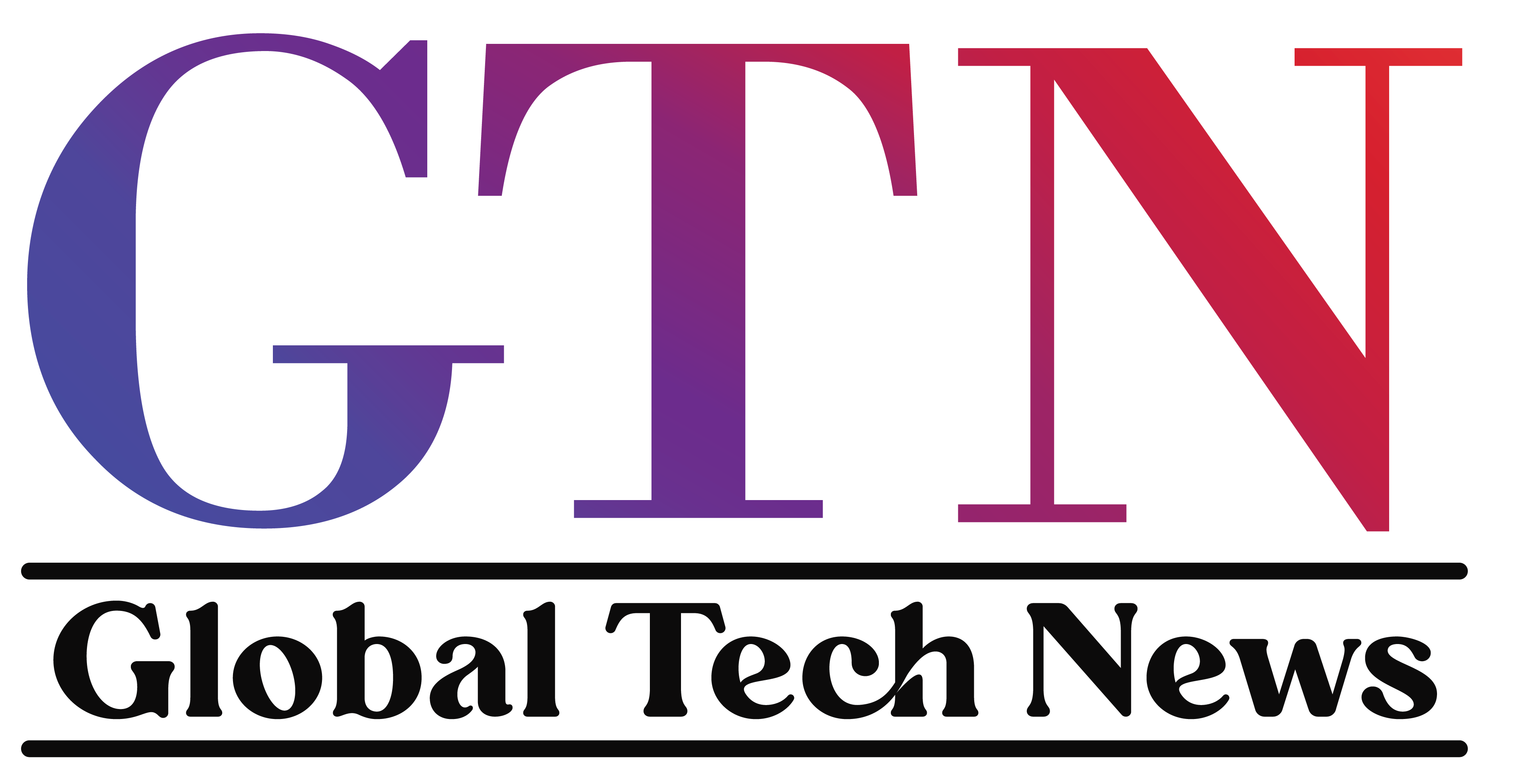Until governmental bodies are ready to adequately control these emerging technologies, organisations and individuals must take the lead in using computer vision and facial recognition in an ethical and responsible way. Building ethically and only with the intention of serving the objective is a fundamental element.
Early academics were quite optimistic about the future of these related fields and promoted artificial intelligence as a technology that may change the world in the 1960s. Years later, Grand View Research estimated that the global market for computer vision was valued at $11.32 billion in 2020 and was expected to expand at a rate of 7.3% per year from 2021 to 2028. Despite the fact that AI applications are now widespread across industries, computer vision technology will improve quickly during the coming ten years. The need for governance, responsible use, and ethical norms will become more apparent as its applications and use-cases expand.
Artificial intelligence research in the area of computer vision makes it possible for machines to extract information from digital pictures, movies, and other visual inputs. Computer vision was only capable of performing limited tasks until recently, but in recent years, the area has made enormous strides, outperforming humans in some tasks involving object detection and classification. The breadth will continue to expand as AI research in the fields of deep learning and neural networks advances.
Prejudice in computer vision is addressed
Autonomous driving, object identification, and facial recognition all employ computer vision to some extent. For this technology to be used in a way that benefits everyone in society, it is essential that it be impartial and fair. The fact that these systems are trained on huge datasets, which frequently reflect the biases and prejudices of the society in which they were produced, poses a significant obstacle to achieving fairness and eradicating bias. When trying to distinguish faces of people from other racial or gender groupings, a facial recognition system may perform poorly if the dataset used to train it is primarily made up of photographs of men of a particular ethnicity.
AI-powered computer vision and privacy risks
Artificial intelligence and computer vision are being rapidly applied in the public and government sectors due to their many benefits. For instance, governments use computer vision technologies to build smart cities in order to monitor traffic, road conditions, and public events. Computer vision systems gather and process real-time visual data that is captured by cameras. The video feed is originally recorded and sent to a system on-site, edge devices, or a cloud-based storage system for data processing and analysis. After that, computer vision applications use deep learning models to process the raw data in order to perform operations like people detection, object detection, and counting. Furthermore, data sent to the cloud is typically stored there for at least a short period of time.
Such large amounts of identifying data must be collected, stored, and handled carefully because there is a great chance of data loss or misuse, which would violate people’s privacy. Most firms have policies in place that specify who has access to the data and what they are allowed to do with it. These regulations could give access to, exchange, or sell such data to third-party cloud service providers or vendors for marketing purposes, increasing the possibility of data privacy misuses.





